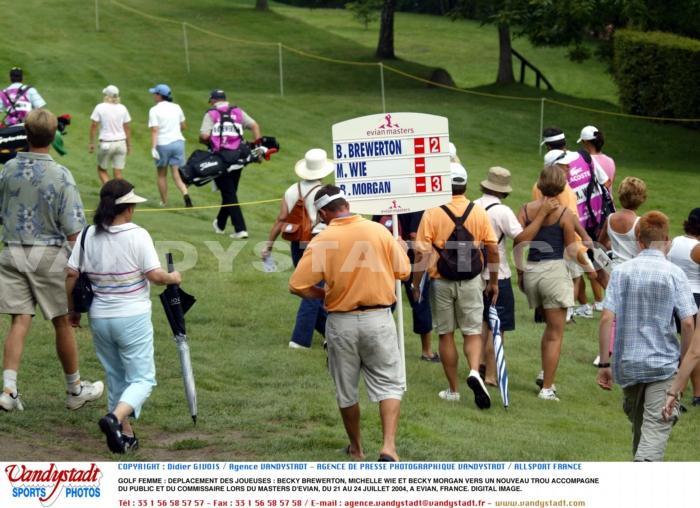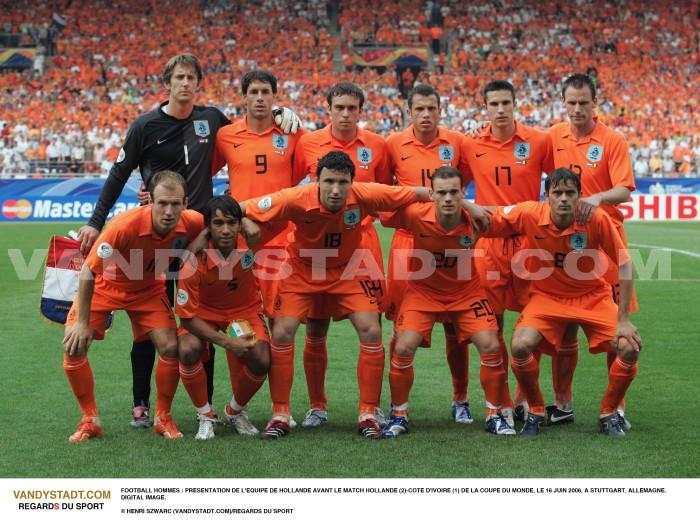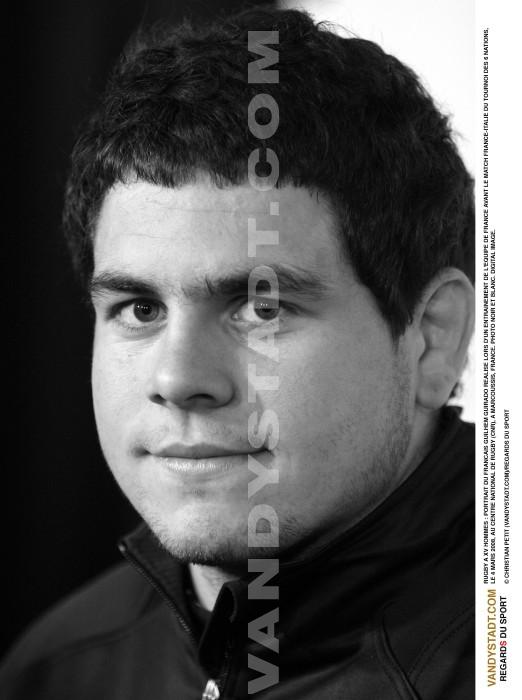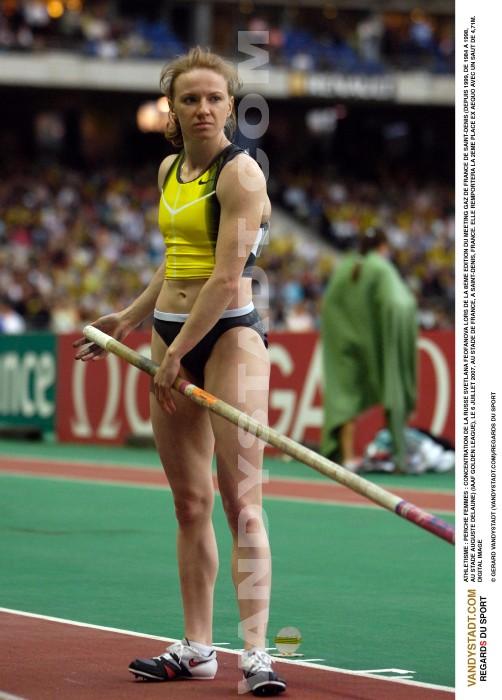Bowling - Bowling history
Bowling
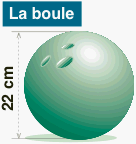
History
"Masses and Vespers bowling do not enrich the family."
This old proverb Bearn is probably related to the birth of bowling. If bowling is born to bring sinners to a better life, it seems that bowling is for all born sinners or not attend church services Sunday.
In 1895, the English Egyptologist Flinders Petrie found at Nagada, elements of a set consisting of small objects in alabaster vases shaped accompanied by 4 white balls and black porphyry dated 5000 BC It ' acting a sport in ancient Egypt and later practiced by the Romans and Greeks.
The game began at 9 pins become popular between 1835 and 1840, but a pastor which this set of 9 pins (ninepins) withdrew his flock at the Office managed to obtain a decree banning the practice. The players had the most strenuous then the idea of adding a tenth keel allowing them to circumvent the law, "tenpin bolling" was born. A company was created to oversee the bowling and to codify the rules (1850). On September 9, 1895 American Bowling Congress was born, his first secretary was Elmer H. Baumgartner. The first CBA championship was held in Chicago in 1901 and the first player who achieved the perfect game of 300 points was William Knox of Philadelphia in 1913.
The largest number of strikes in a row (record approved by the ABC) is 29. Two players are on the shelves: F. Carvan Buffalo in 1924 with 300-300 and 5 strikes and Max Stein of Los Angeles in 1939 with 6 strikes, 300 strikes and 11. In April 1971 a Japanese professional has achieved 35 consecutive strikes (300-300-299), but this record has never been approved nor that of Glenn Allison (La Habra, California) who has played 3 times with 300 consecutive (36 strikes) on 1 July 1982. In France, there were, on July 31, 1987, 23 games perfect 300 points officially approved. The first "300" was made June 25, 1978 in Rennes by the Parisian Jean-Pierre Courel and Patrick Holland (Rouen, world champion in singles in 1987) has directed seven alone, that fact is unique in Europe deserves 'be reported. The world championships are held every 4 years since 1963, first held in 1923. The men's tournament the most prestigious is the Masters Bowling Tournament in 1951 and established the women's tournament the most important is the Queens Tournament created ten years later. In 1952, the first electronic devices have emerged to replace the pins after each roll, a true revolution. The automatic counters were introduced in the 80s.
The bowling as it is played now arrived in France at the end of the last war with the Americans who settled on their foundations.
The French Federation of Sports Bowling which depends on the bowling section was created in 1958.
26 000 redundant - Males: 13 000 - Women: 13 000 to 516 clubs
The world federation amateur
Founded in 1952, encompasses all sports are bowling
ized into two
ISION: the "ninepin" (sports nine pins) and "tenpin" (sport tenpin bowling). The "Tenpin Bowling (WTBA or World Tenpin Bowling Association) is the
ision largest with 123 affiliated federations.
Currently, 100 million players of which 2 000 professionals in over 100 countries practice bowling. 10 million of them are regular competition. The bowling was a demonstration sport at the Seoul Olympics in 1988.
Bowling There are 149 registered in France or 1859 tracks. Among the most important: Thiais Lomme and with 32 tracks; Nice Acropolis and Plan of Campaign with 30 tracks; Grand Quevilly with 28 tracks; Dijon Marsannay with 26 tracks, Besancon, Bordeaux Merignac, Echirolles, Paris la Chapelle, Bois Paris, Toulon and Villeneuve d'Ascq, with 24 tracks.
The two reference points for bowling are the World Bowling Museum in St. Louis and the National Bowling Stadium in Reno (USA) inaugurated in 1995: 80 tracks without pole, over 800 seats of bleachers comfortable and conveniently located, central News, events management, arcade bowling accessories.
For its inauguration in 1995, the stadium has been the world amateur championships hosting teams from 65 countries and the USA Championships with 15 000 teams of 5.
Rules and Principles
Principle
Reversing the 10 pins on the first pitch with a ball and in case of failure to break down with one second remaining.
Runway
It measures 106 cm wide and 24.95 meters long and starts with an approach area or an impulse of 4.87 m, which ends with a line of dark color. This is the "fault line" that should never be crossed or trampled. Then there is a row of points to 2.13 meters from the foul line and triangular markers (arrows) 2.67 m away. The first zones are maple. The bearing area (13.49 m) is pine. At the end of the runway at the surface where the pins facing the shock of the ball (0.88 m and maple).

In total, the ball must travel 19.16 meters from the moment it leaves the player's hand and when it touches the first keel.
Equipment
Pins
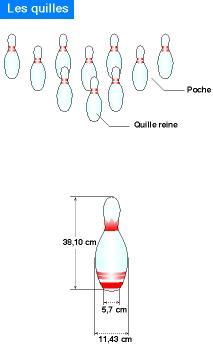
They are made of maple-coated plastic lacquer. They measure 38.10 inches high and 11.43 cm at its widest point while the base is 5.7 cm and weight of 1530 grams minimum. They are arranged in an equilateral triangle of 0.912 m square. The gap between each pin center to center is 30.40 cm. Each position has a number keel. In all machines, there are 20 pins: ten up on the track and ten others in preparation for the next throw. Their center of gravity is considered as 8 °, a keel does not come always from 9 ° the fall is certain.
Balls

The balls have different weights. The maximum is 7.258 kilograms (16 pounds), the minimum for children is 6 pounds. The dimensions are all identical: 22 cm diameter and 69 cm in circumference. The balls are made of a thin shell (to find the desired weight) and, within this shell (plastic, fiberglass, etc..) Found various materials which must in no way affect balance of the ball.
The main rules
Background and definitions
A bowling game includes 10 games (or frames), each player throws two balls to each of the first nine games, unless it passes a "strike". The player who manages a "strike" or a "spare" in the 10th game will launch an extra ball in case of "spare" balls and two additional cases of "strike".
A ball is played regularly as it leaves the player's hand and crosses the foul line to enter the area of the game
The "strike" and "doubled"
A "strike" is counted when a player makes a steady start and it reverses all 10 pins with the first ball. It is designated by a (x) in the small square in the upper right corner of the frame on which 10 pins were reversed with the first ball. The account of points in each game where a "strike" has been achieved will be held in abeyance until the player has launched his next two balls. The maximum number of points for a "strike" when followed by a "spare" is 20.
A player who had two "strikes" consecutive successful one "doubled". The score in the game where the first "strike" has been done will be held in abeyance until the player has launched his next ball. When all the pins have been overturned twice, the score for the first "strike" is 10 + 10 + 10 + the number of pins knocked over with the first ball after the third game.
The maximum number of points for a "doubled" with a nine pins fell for the first ball after the second "strike" is 29.
By performing three "strikes" row, the player will get 30 points for the frame which has been the first "strike". Thus, in part, a player must make the 12 "strikes" consecutive to reach 300 points - 300 points being the maximum score.
To achieve a perfect strike, the ball is sliding and rolling between 25 and 27 km / h while performing 12 to 14 turns on itself.
Perfect Score "300"
The largest number of strikes in a row (record approved by the ABC) is 29.
Two players are on the shelves: F. Carvan Buffalo in 1924 with 300-300 and 5 strikes and Max Stein of Los Angeles in 1939 with 6 strikes, 300 strikes and 11. In April 1971 a Japanese professional has achieved 35 consecutive strikes (300-300-299), but this record has never been approved nor that of Glenn Allison (La Habra, California) who has played 3 times with 300 consecutive (36 strikes) on 1 July 1982. In France, there were, on July 31, 1987, 23 games perfect 300 points officially approved.
1st perfect score was registered in France directed by Jean Pierre COUREL in June 1978 by Jacqueline BOISSIERE for the ladies, June 6, 1982.
In September 2000, the federation has approved 243 perfect scores for men and 4 for women including: 9 Patrick Rolland (world champion in singles in 1987); 6 Claude BOUCHEREAU; 5 Patrick Watt and Ivan Augustine; 4 Albert ARAMA Eric PERRO, Bertrand Pujol and 3 for Pascal AUSSUDRE and Francois Sacco.
The "spare"
A player who overturns all ten pins with two balls regularly launched in any one frame has passed a "spare". A "spare" is designated by a (/) in the small square in the upper right corner of the box in which it was made, the number of pins knocked over with the first ball in the case of "spare" must be marked by a small figure at the top left corner of the box in the game Here again, the score will be held in abeyance until the player has launched the first ball of the next frame. The number of pins will be reversed when added to the ten pins representing the "spare", and the total will be credited to the player. When a "spare" is awarded to the 10th frame, an extra ball will be awarded.
For the closure of spares, it is a cardinal rule:
Change its point of departure or the position of the feet but not his point of sight (the arrow on the track) while maintaining the same motion, same timing and speed of ball.
No strike or spare, some may reach a maximum of 90 points, it is easy to see that part made by a player throwing 9 pins with his first ball and doing with the spare second throughout the 10 frames, will reach a score of 190.
The "split"
A "split" is a set of pins left standing after the scheduled launch of the first ball, provided that the keel No. 1 has been reversed.
The "hole"
We consider that a player has a "hole" when it fails to topple all ten pins after two mailings.
GLOSSARY
Pinspotter: Invented in 1946, is the machine that picks up the pins.
Spot: instead of a keel.
Kick-back: The back: the walls of trenches defining the runway.
Pin deck: The deck: maple zone which are placed on the pins. The starting area is maple, the area is rolling pin.
Durometer: it serves to measure the hardness of the balls.
Copyright Sportquick/Promedi








